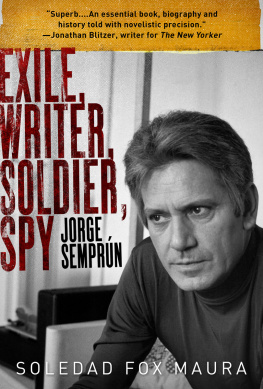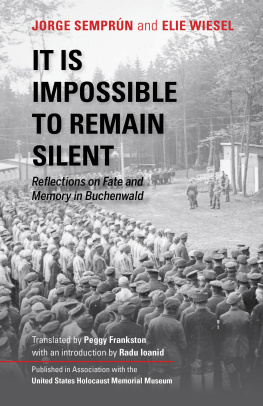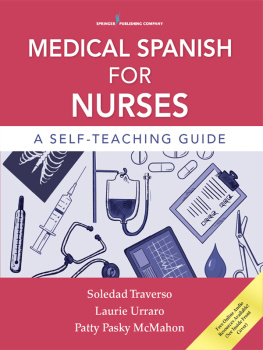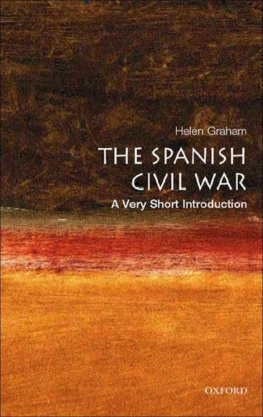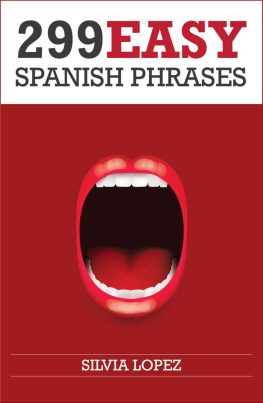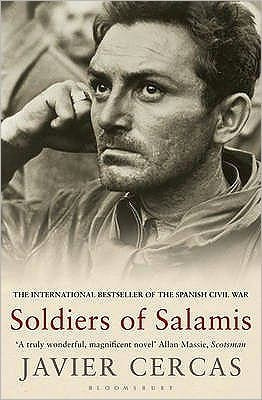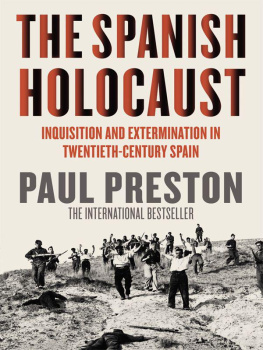

Copyright 2016 by Penguin Random House
All rights reserved. No part of this book may be reproduced in any manner without the express written consent of the publisher, except in the case of brief excerpts in critical reviews or articles. All inquiries should be addressed to Arcade Publishing, 307 West 36th Street, 11th Floor, New York, NY 10018.
First North American Edition 2018
Arcade Publishing books may be purchased in bulk at special discounts for sales promotion, corporate gifts, fund-raising, or educational purposes. Special editions can also be created to specifications. For details, contact the Special Sales Department, Arcade Publishing, 307 West 36th Street, 11th Floor, New York, NY 10018 or .
Arcade Publishing is a registered trademark of Skyhorse Publishing, Inc., a Delaware corporation.
Visit our website at www.arcadepub.com.
10 9 8 7 6 5 4 3 2 1
Library of Congress Cataloging-in-Publication Data is available on file.
Cover design by Brian Peterson
Cover photograph courtesy of Magnum Photographs
ISBN: 978-1-62872-917-7
Ebook ISBN: 978-1-62872-918-4
Printed in the United States of America
For my mother
Contents
Acknowledgments
I have written about and taught Jorge Semprns work since 2001. Some of the elements in this biography have been simmering in my mind for the past seventeen years; the bulk of the research and writing have taken five. During this time, many people have helped make this project possible through their support and generosity. These include my colleagues in the Department of Romance Languages at Williams College; Associate Dean John Gerry, and three consecutive Deans of FacultyPeter Murphy, Denise Buell, and Lee Park.
I am grateful to my editors Miguel Aguilar at Debate, Penguin/Random House in Barcelona, and to Maxime Catroux of Flammarion in Paris for having faith in this project from early stages.
This biography would not have been possible without the help of Dominique Landman and her familyClaude Landman, Mathieu and Cecilia Landman, and Thomas and Anka Landman. I thank them welcoming my project, sharing their photographic archive, giving me the authorization to explore the RGANI archives in Moscow, and for introducing me to Dr. Charles Mehlman.
I must also thank Jorge Semprns nephews and nieces Georges-Henri Soutou, Danielle de la Gorce, Isabelle Semprn Camenen, Luis Aguirregomezcorta, Ruben de Semprn, Diego de Semprn, and Sylvia Nicolas for sharing their memories and personal materials and photographs.
Many thanks to other family members and friends, who also shared impressions, and unpublished materials: Santiago Valentn-Gamazo, Roger Kase, Yannick Bellon, and Natalia Rodriguez Salmones.
Alfonso Prez-Maura for giving me access to documents from the Fundacin Antonio Maura.
Oscar Fanjul and Plcido Arango for their generosity in connecting me with many of Jorge Semprns colleagues and friends.
Many thanks to the following people who kindly agreed to speak with me:
Joaqun Almunia, Claudio Aranzadi, Eduardo Arroyo, Josep Mara Castellet, Leo Barblan, Carmen Claudn, Javier Folch, Constantin Costa-Gavras, Felipe Gonzlez, Juan Goytisolo, Jordi Gracia, Roger Grenier, Elsa Grobety, Gabriel Jackson, Florence Malraux, Evelyn Mesquida, Beatriz de Moura, Berta Muoz, Bernard Pivot, Rosa Sala Rose, Rossana Rossanda, Javier Solana, Carlos Solchaga, and Jeannine Verdes-Lerroux.
The historian and Gallimard editor Jean-Louis Pann, who put together the wonderful and extensive chronology to Jorge Semprn: Le fer rouge de la memoire (Gallimard).
Alan Riding, for sharing unpublished materials and advice.
Helga Druxes, Peter Starenko, and Betsy Kolbert helped me quickly and expertly with German translations, and Alex Mihailovic translated correspondence from Russian that enabled me to make contact with the Russian Government Archive of Contemporary History (RGANI). Mikhail Iampolski tracked down a potential Russian researcher for me.
Juby Bustamente encouraged me from early on to tackle this subject.
Florence Malraux has been a constant guide. She lived through most of it, and when she told me I was on the right track, I trusted her. Merci, Florence.
Axel Braisz of the International Tracing Service in Bad Arolsen; Daniel Palmieri of the Library and Public Archives Unit, International Committee of the Red Cross, Geneva; the staff at the Bibliothque Litteraire Jacques Doucet, Paris; Ron Coleman of the Library and Archives Reference Desk of the United States Holocaust Memorial Museum, Washington; Ilona Denner of the Bundesarchiv, Berlin; Victoria Ramos of the Archivo Histrico del Partido Comunista de Espaa, Madrid; Sylvia Naylor of the National Archives in College Park, Maryland.
The bibliography reflects the valuable contributions made to related subjects by other researchers. The following scholars were very helpful regarding Semprns references to Yiddish: Ruth Wisse of Harvard University, Matthew Kraus of the University of Cincinnati, and Michael Yashinsky of the Yiddish Book Center, Amherst.
Laura Diez Herrera for her work in Madrid and in Alcal de Henares at the Archivo Histrico del Ministerio de Asuntos Exteriores, the Archivo Histrico del Partido Comunista Espaol, and the Archivo General de la Administracin; Maria Thomas for her research at the Archivo Histrico del Partido Comunista Espaol; and Amaury Nauroy, for his help in Paris.
Esther Gmez Parro for deftly handling access to the Russian Government Archive of Contemporary History (RGANI) in Moscow, and for her translation of the materials. Thanks to Juan Jos Herrera de la Muela for putting me in touch with Esther.
Caroline Delerue, in London, and Antonia Riera Vales, in Madrid, for excellent and speedy interview transcriptions. Thanks to Arantxa Aguirre for the suggestion.
Julia Munemo for her careful copyediting, and for compiling the bibliography. Lorena Bou, Nora Grosse, and the editorial team at Penguin Random House in Barcelona for designing and editing the Spanish-language edition of this book.
John kept my spirits up when I thought I would spend the rest of my life writing this book.
Jeannette Seaver has my deepest gratitude for bringing the US edition of this book to light. I am grateful to her, Beth Canova, and the team at Arcade.
Unless otherwise indicated, all translations from the French and Spanish are my own.
Introduction
Secrets arent important. They only change things if youre writing a real biography, but that should only be done once the subject is dead.
Jorge Semprn
Homage at the Prado Museum
On a warm Madrid evening in July of 2011, French philosopher Bernard Henri-Lvy addressed a packed auditorium at the Prado Museum. The occasion was a memorial service. The audience was interspersed with politicians, intellectuals, and businessmen who had interrupted their busy or leisurely lives to spend the evening in remembrance.
To an eavesdropper, it may have seemed that Lvy was honoring the lives of several different people: a Spanish Republican, a Buchenwald survivor, a daring undercover agent, a famous writer, an Oscar nominee, and a great European thinker. He also might have added the following descriptives: Aristocrat, exile, Communist, clandestine recruiter, Socialist Minister, Catholic, antifascist, Nazi camp survivor, honorary Jew, anti-Francoist, Germanophile, Spanish, Parisian, anticommunist, grifter, public intellectual, seducer, dissembler, radical, glamorous, bourgeois, prize-winning novelist, and autobiographer.
Next page
